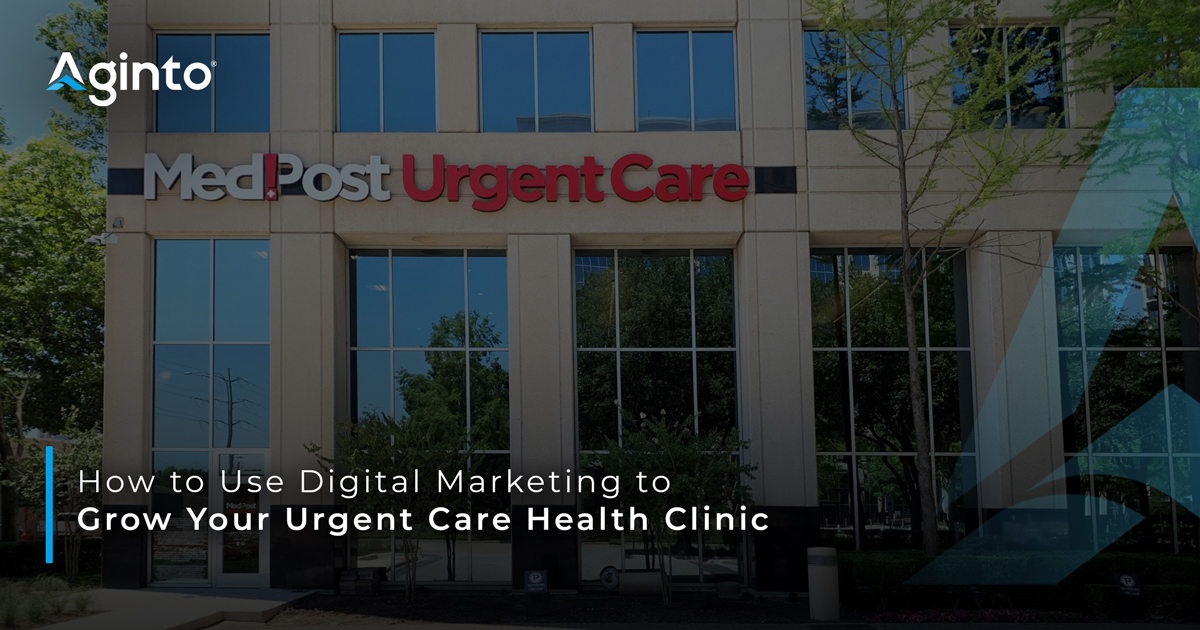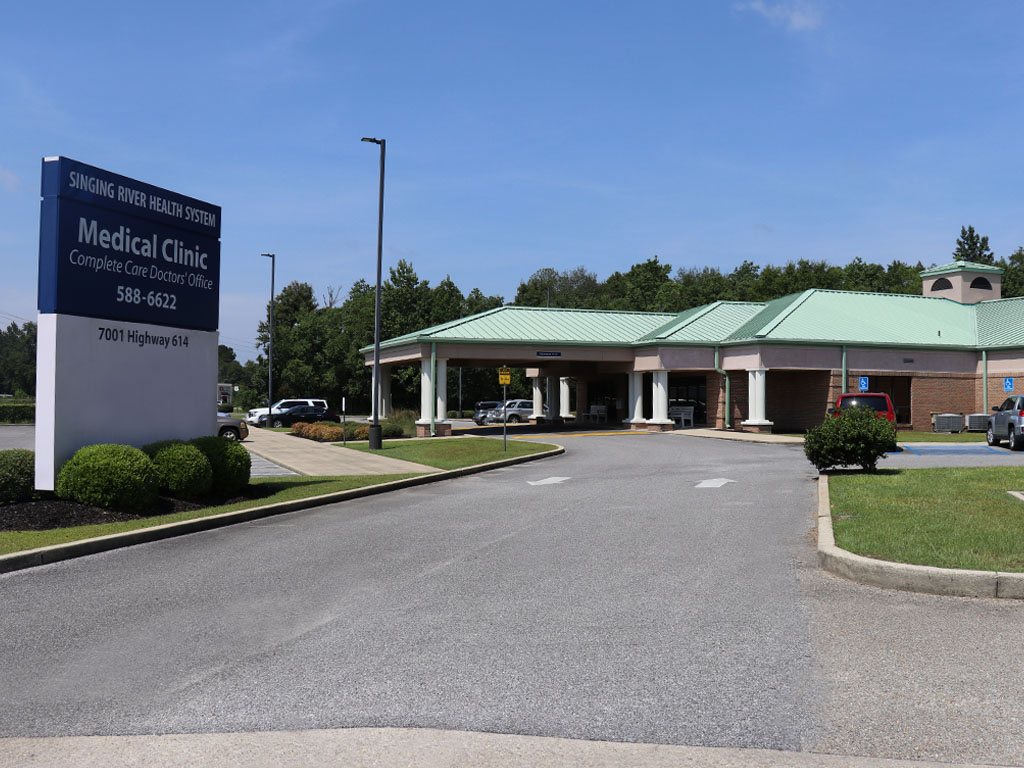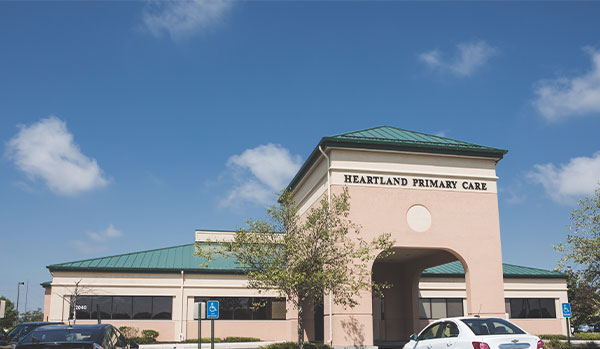Exactly How Urgent Care Clinics Enhance Accessibility to Health Care for Sufferers With Immediate yet Non-Emergent Medical Demands
Immediate treatment facilities have actually emerged as a vital element in the health care landscape, dealing with the needs of clients who require immediate focus for non-emergent conditions. By operating beyond typical office hours and using a structured method to minor injuries and ailments, these facilities not only lower the problem on emergency departments but additionally improve overall person access to prompt treatment. As we think about the ramifications of this model, it comes to be vital to take a look at exactly how immediate treatment centers are transforming client experiences and results in manner ins which merit further expedition.
Role of Urgent Treatment Clinics
Urgent care facilities play a critical function in the medical care system by offering accessible and prompt medical solutions for non-life-threatening conditions. These centers act as a necessary bridge between health care carriers and emergency departments, successfully easing the burden on hospitals while making certain patients get prompt care. By running expanded hours, including evenings and weekend breaks, urgent care clinics accommodate people that may not have the versatility to check out a traditional doctor's workplace during standard company hours.
The range of solutions supplied at urgent care centers consists of treatment for small injuries, illnesses, and diagnostic services such as X-rays and laboratory tests. This breadth of treatment permits patients to deal with a variety of wellness problems without the long haul times normally related to emergency situation rooms. Immediate care centers commonly utilize a diverse group of healthcare professionals, consisting of medical professionals, registered nurse professionals, and doctor assistants, that are furnished to manage different medical situations.
Advantages of Immediate Gain Access To

Furthermore, instant gain access to reduces the problem on key treatment providers and emergency situation departments by diverting less critical cases to ideal setups. This eases overcrowding in emergency clinic, permitting those with true emergencies to obtain the immediate care they require without unneeded delays.
Furthermore, the benefit of extended hours and walk-in schedule indicates that people can look for treatment without the need for appointments, which is specifically helpful for individuals with unpredictable routines or those who may experience abrupt health and wellness concerns. - Urgent Care
The access of urgent care centers fosters an aggressive strategy to health and wellness, encouraging individuals to seek clinical recommendations and treatment earlier instead of later on. This not just improves client satisfaction however also advertises a society of precautionary treatment, ultimately resulting in much healthier neighborhoods.
Contrast With Emergency Clinic
Regularly, people find themselves uncertain whether to visit an urgent care clinic or an emergency space when encountered with a clinical problem. Immediate treatment centers are developed to attend to prompt yet non-emergent clinical problems, such as small injuries, infections, or illnesses.
On the other hand, emergency rooms are geared up to deal with serious scenarios and extreme clinical emergency situations, such as cardiac arrest, strokes, or major trauma. These facilities supply advanced diagnostic devices and professional consultations, which can bring about much longer wait times for individuals with less critical issues. On standard, emergency clinic have a tendency to be more pricey than immediate care clinics, making immediate care a more cost-efficient choice for non-emergent requirements.
Ultimately, while both immediate care clinics and emergency clinic play important functions in the health care system, understanding their try this corresponding functions allows individuals to choose the ideal setup based on the necessity and nature of their medical concerns.
Services Offered by Urgent Treatment
Urgent treatment clinics give a large range of solutions tailored to resolve non-emergent clinical needs, making them a hassle-free choice for people seeking punctual attention. These centers are geared up to handle different problems, including small fractures, strains, and lacerations, which require instant treatment but do not require emergency space intervention.
Furthermore, immediate care centers supply diagnostic solutions such as X-rays and laboratory examinations, enabling quicker analysis and treatment of health problems. Patients commonly present with typical disorders like colds, flu, and infections, which can be effectively handled on-site. Moreover, urgent care facilities frequently offer preventive solutions, consisting of inoculations and health screenings, contributing to general public wellness.
Another vital solution offered is the management of chronic conditions aggravated by intense signs and symptoms, such as asthma or diabetes mellitus, making sure individuals get prompt care without overwhelming emergency solutions. Several facilities additionally prolong their hours past standard workplace routines, boosting access for clients who may require treatment throughout weekend breaks or nights.
Improving Individual Results

Urgent treatment centers are furnished to manage a variety anchor of non-emergent medical concerns, consisting of minor injuries, infections, and diseases. Their concentrate on accessible, high-quality treatment enables clients to obtain preventative solutions and appropriate therapies, cultivating better wellness administration. These facilities frequently utilize a multidisciplinary technique, integrating various healthcare specialists to ensure thorough treatment.
Individual education and learning is also a vital part of improving end results. Urgent treatment suppliers frequently use guidance on follow-up treatment, safety nets, and way of life alterations, empowering individuals to take an energetic role in their health and wellness. Consequently, the combination of immediate gain access to, professional treatment, and patient education not just boosts fulfillment but also causes boosted long-term health and wellness results, strengthening the worth of immediate care facilities in the healthcare continuum.
Final Thought
In recap, urgent treatment facilities serve a vital duty in improving healthcare accessibility for people with immediate, non-emergent clinical requirements. Ultimately, immediate care centers are necessary in bridging the void between key care and emergency situation services, making certain obtainable and efficient medical care for communities.
On standard, emergency spaces tend to be a lot more expensive than urgent care centers, making urgent treatment an extra cost-effective alternative for non-emergent requirements. (Urgent Care)

Ultimately, immediate care facilities are essential in connecting the gap between key care and emergency situation services, making sure efficient and easily accessible medical care for communities.